Kathmandu Nagarkot Dhulikhel tour covers magnificent sightseeing tour of 2 major spots around Kathmandu Valley. First, we drive towards Nagarkot to enjoy a sunrise view from Nagarkot Hill. And then we move towards Dhulikhel hike. You spend the whole day enjoying the snow-capped mountainous views from Nagarkot Hill. After that, you will be guided along the hiking to Dhulikhel. There is not only natural beauty to amaze you, but also vast cultural diversity and interesting traditional practices.
Itinerary
Expand/Close
Kathmandu Sightseeing Tour:
Pashupatinath: Situated 5 kilometres east of Kathmandu City, Pashupatinath temple is one of the holiest temples dedicated to Lord Shiva. Situated amidst a lush green natural setting on the bank of the sacred Bagmati river, the temple built in pagoda style has jilted roof and richly carved silver doors. Visitors will be permitted to view the temple from the east bank of Bagmati River, entrance in the temple being strictly forbidden to all non-Hindus. Pashupatinath is the centre of annual pilgrimage on the day of Shivaratri, which falls in the month of February/March. Behind the temple are the cremation grounds.
After Pashupatinath we head towards Boudhanath, another magnificent pagoda style Buddhist stupa famous for its nickname “The little Tibet”.
Boudhanath: This Stupa, 8 kilometres east of Kathmandu City, is one of the biggest in the world for its kind. It stands with four pairs of eyes in the four cardinal direction keeping watch for righteous behaviour and human prosperity. This Buddhist Stupa was built by King Man Deva at the advice of the Goddess Mani Jogini. It is built on an octagonal base inset with prayer wheels. The shrine is ringed by houses of Lamas or Buddhist priest.
After finishing the tour around Boudhanath, we head towards Kathmandu Durbar Square, another small site also listed on the UNESCO world heritage site for its great religious importance.
Kathmandu Durbar Square: Kathmandu Durbar Square is one of the major attractions in Kathmandu Valley. The word “Durbar Square” is translated in English as Palace Complex. The Durbar Square, with its old temples and palaces, epitomizes the religious and cultural life of the people.
After concluding the tour around Kathmandu Durbar Square, we will head towards Swayambhunath nicknamed the “Monkey Temple”. This Buddhist stupa holds some great artistic and magnificent small Buddhist monasteries which provide you with some great Buddhist culture and tradition.
Swayambhunath: Swayambhunath is located approximately 4 kilometres west of Kathmandu, and this Buddhist stupa is said to be 2000 years old. The Stupa which forms the main structure is composed of a solid hemisphere of brick and earth supporting a lofty conical spire capped by a pinnacle of copper gilt. Painted on the four-sided base of the spire are the all-seeing eyes of Lord Buddha. This hill is a mosaic of small Chaityas and Pagoda temples.
Patan and Bhaktapur
Patan Durbar Square
Patan Durbar Square, like its counterpart in Kathmandu, is an enchanting mélange of palace buildings, artistic courtyards and graceful pagoda temples. Listed as a World Heritage Site, the former royal palace complex is the center of Patan’s religious and social life, and houses a museum containing an array of bronze statues and religious objects. One remarkable monument here is a 17th-century temple dedicated to the Hindu god Krishna, built entirely of stone
The main attractions in Patan
Beside above mentioned places to visit, there are other significant sites to be visited:
Golden Temple
Kumbheshwar
Krishna Mandir
Jagat Narayan
Mahaboudha
Ashokan Stupa
Machchhendranath Temple
The Tibetan Camp
Bhaktapur (1,401m) covers an area of four square miles. Bhaktapur, or the city of devotees, still retains a medieval charm and visitors to this ancient town are treated to myriad wonders of cultural and artistic achievements. The past glory of the Malla rules continues to be reflected at the Darbar Square. Pottery and waving are its traditional industries. Bhaktapur is famous for woodcarving and the traditional topi or cap. The city lies about 14 km east of Kathmandu. The places of interest include Bhaktapur Darbar Square, the National Art Gallery, Nyatapola Temple, Bhairavnath Temple, Dattatreya Temple and Dattatreya Square.
Bhaktapur Durbar Square The main square of the city contains innumerable temples and other architectural showpieces such as lion gate, the golden gate, the statue of King Bhupatindra Malla, Dattatraya Temple, etc.
A magnificent statue of King Bhupatindra Malla in the act of worship is placed on a column facing the palace. It was listed in the UNESCO world Heritage Monument List in 1979.
Palace of 55 Windows Being built by King Yaksha Mall in 1427 A.D. and remodeled by King Bhupatindra Malla in 17th Century, the balcony and the windows intricately carved is a masterpiece of wood carving.
Nyatapola Temple This five-storied Pagoda-style temple was built by King Bhupatindra Malla in 1708 A.D., well known for its massive structure and subtle workmanship. It is the tallest pagoda structure in the Kathmandu valley.
Sunrise View at Nagarkot and Dhulikhel Hiking
Enjoy Sunrise view at Nagarkot and hike to Dhulikhel. Drive from Dhulikhel to Kathmandu and stay overnight at hotel in Kathmandu.
You wake up early in the morning at birds’ melodious chirpings. As you eye the nature, a most heavenly sight of sunrise view rejuvenates your senses. You spend your day amidst the natural surroundings of Nagarkot. After you have your share of experiencing the magic of Nagarkot, you are guided along the hiking trails to Dhulikhel. As you approach Dhulikhel, a plethora of cultural diversities, interesting traditional practices, lush vegetation and rich birdlife unfolds before you.


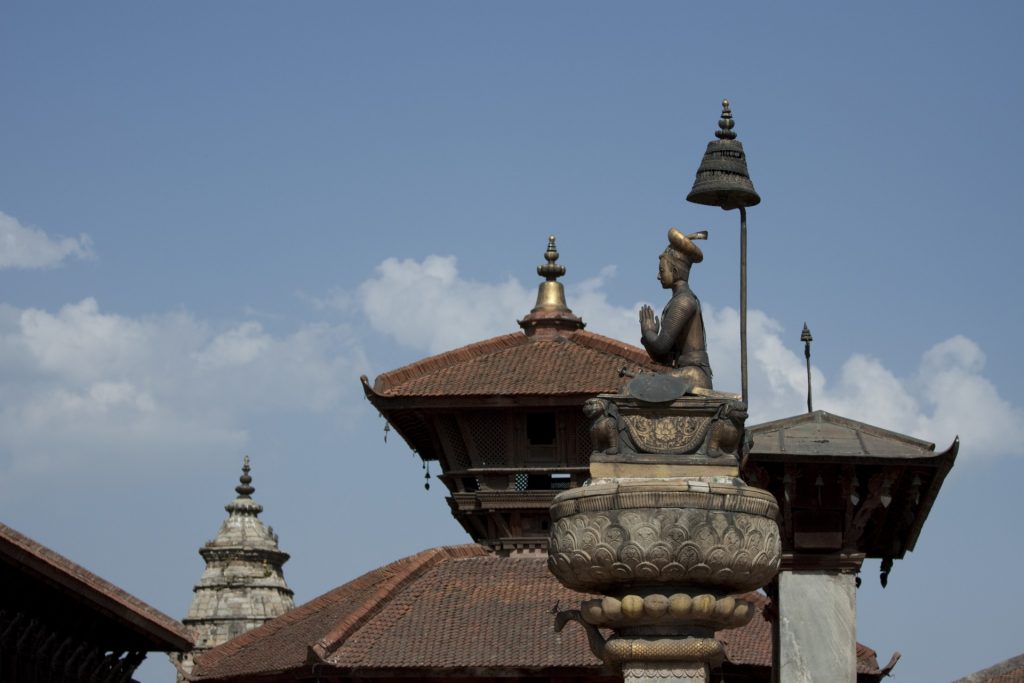
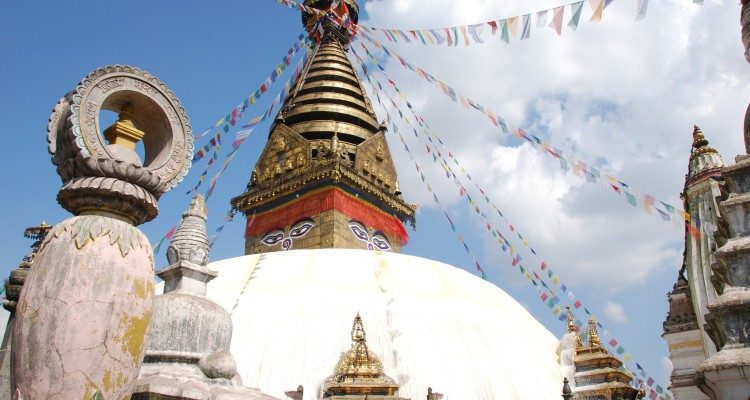
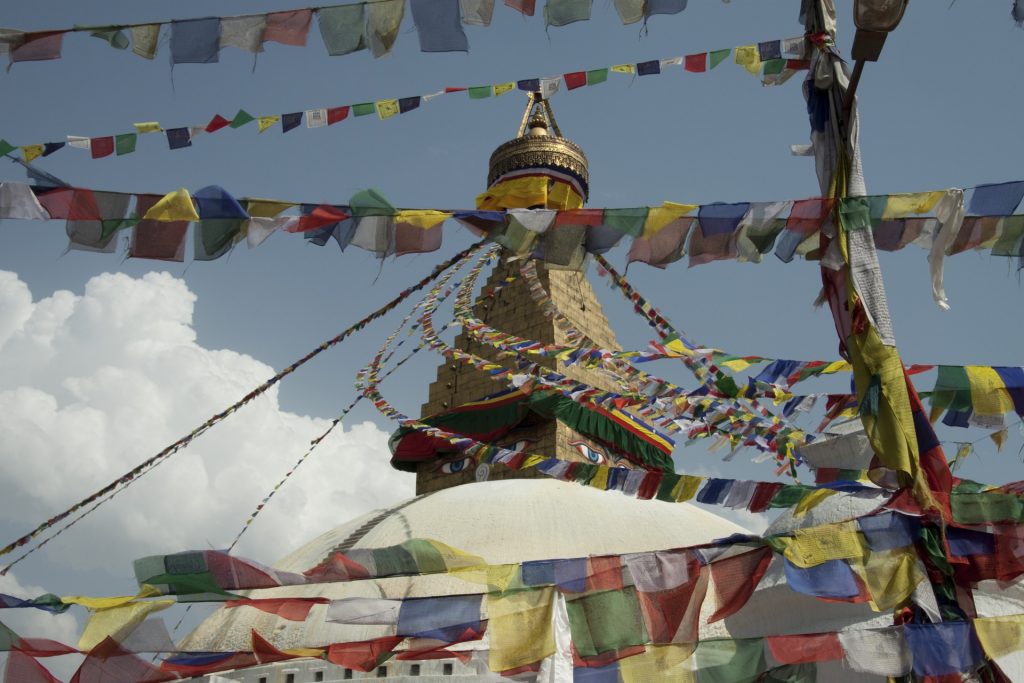
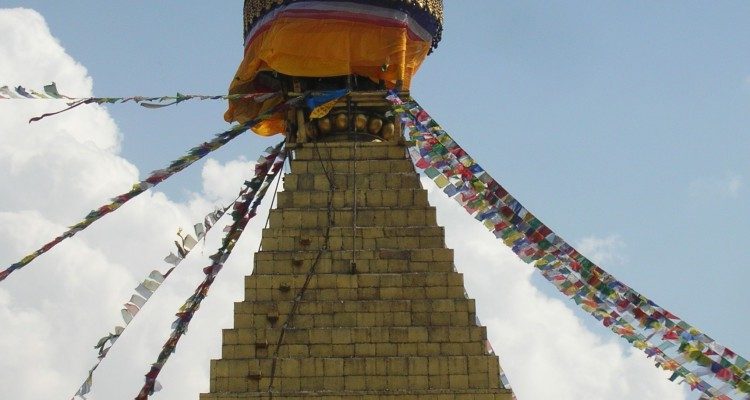
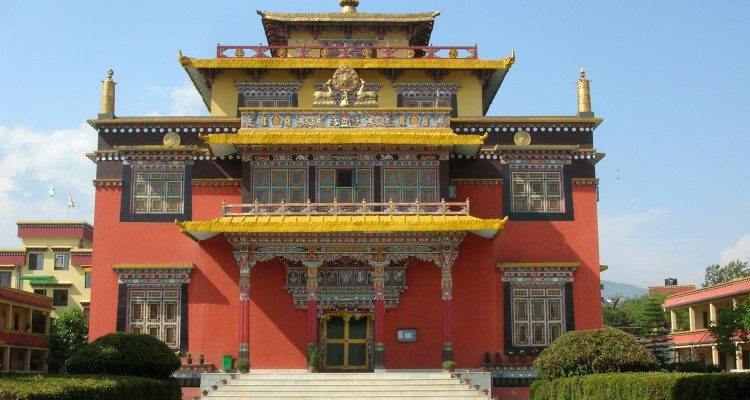
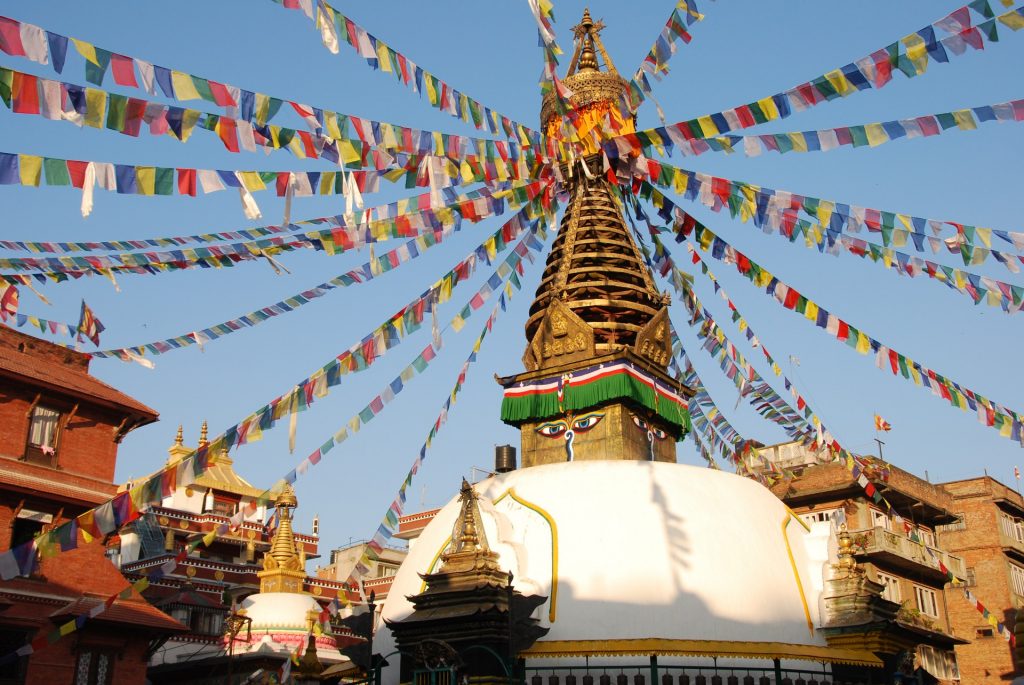
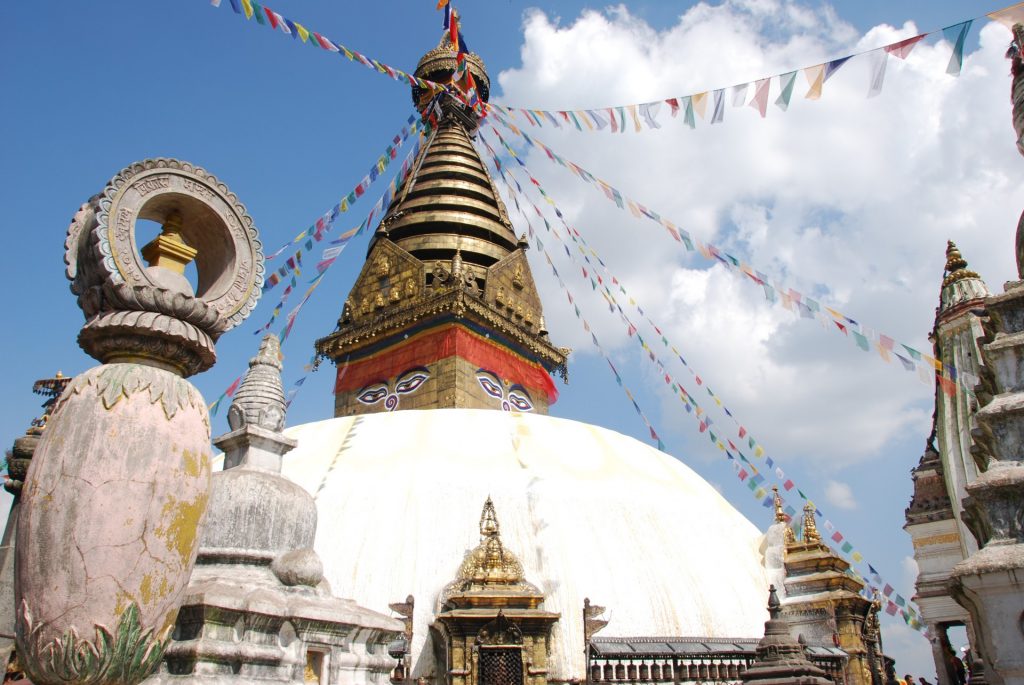
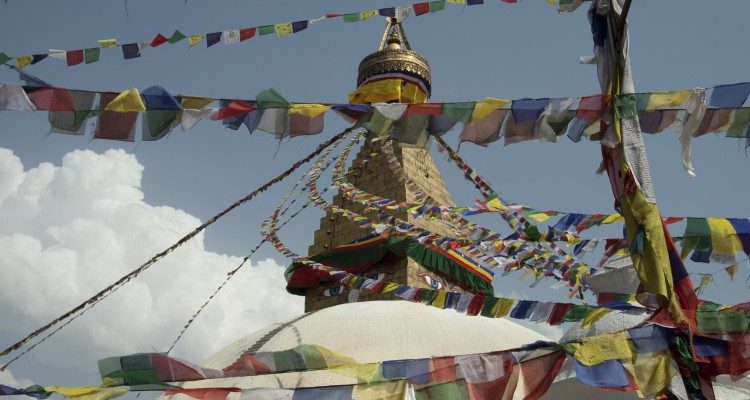
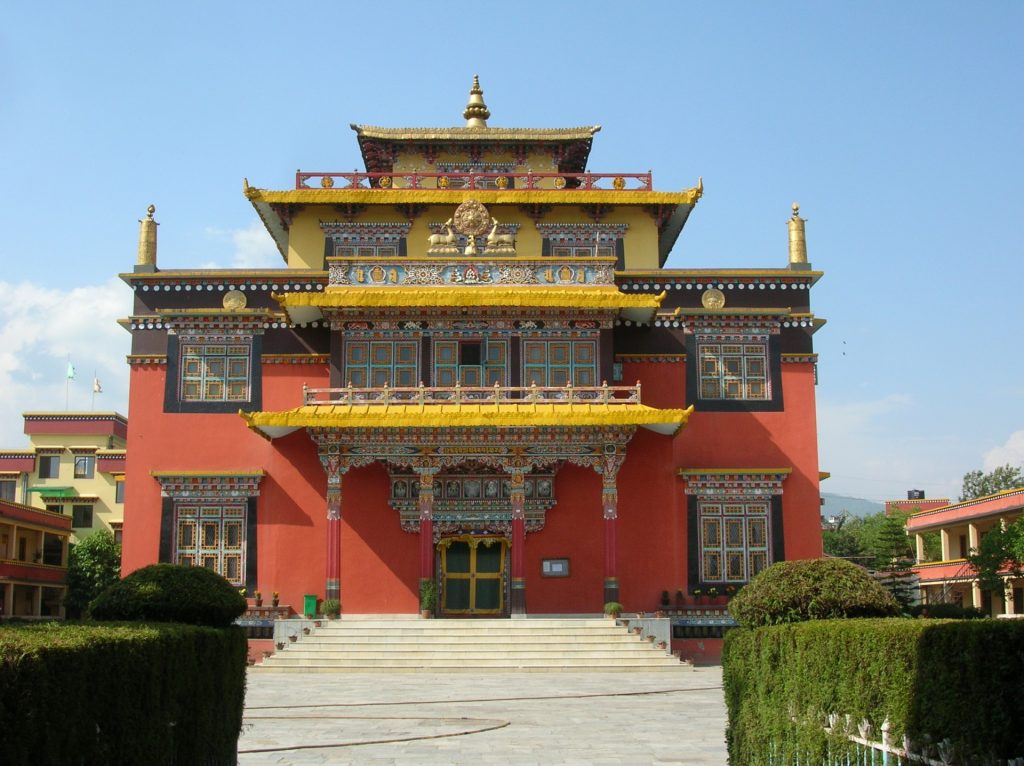
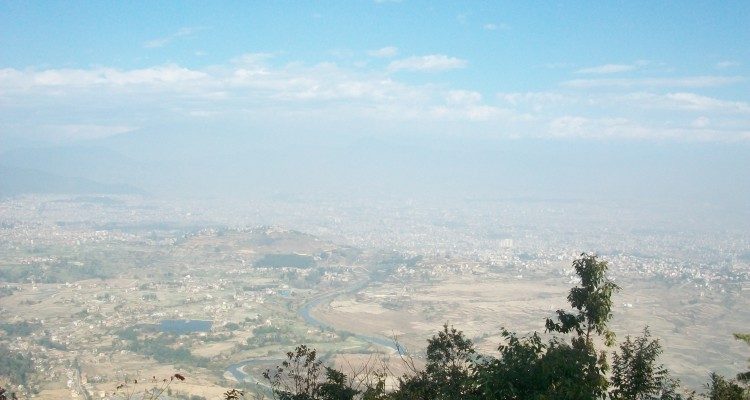
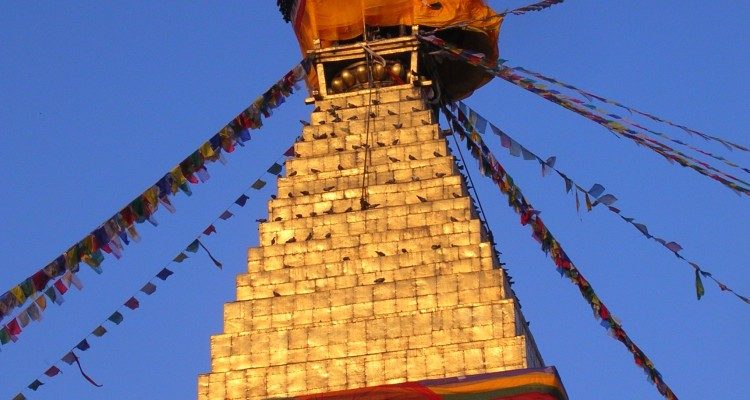
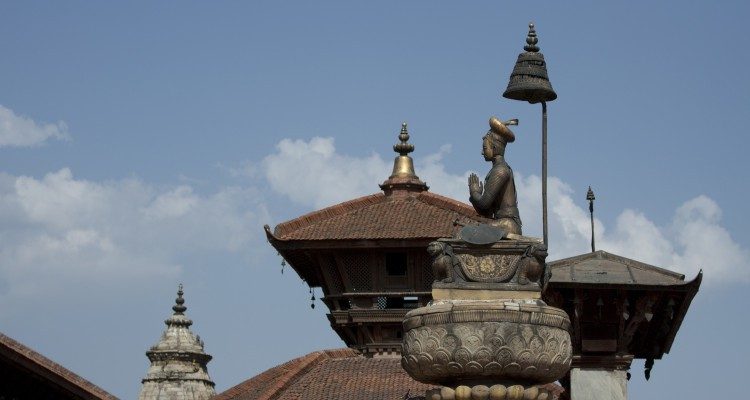
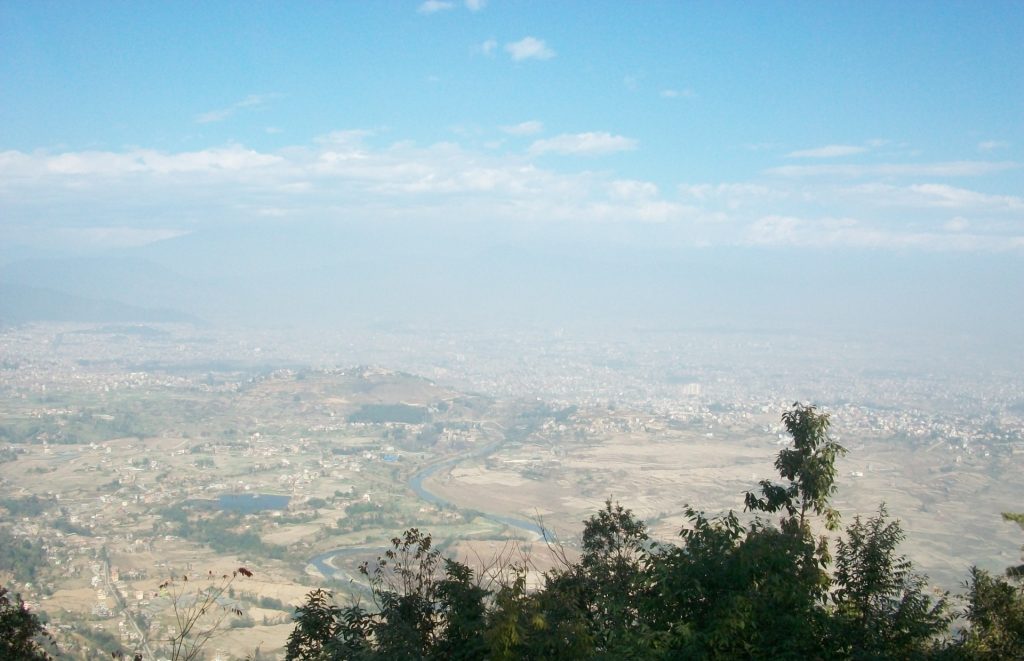
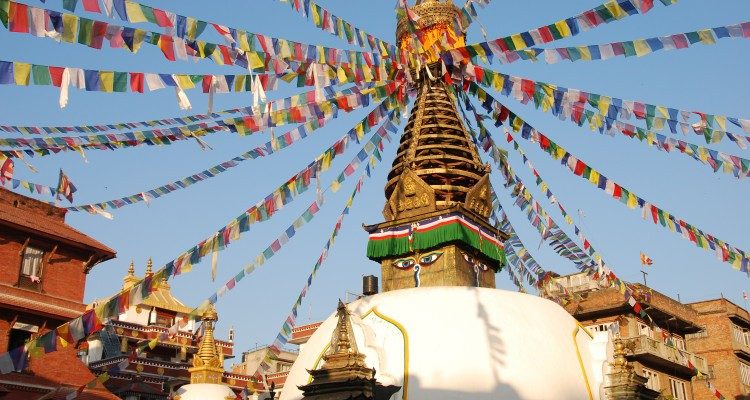
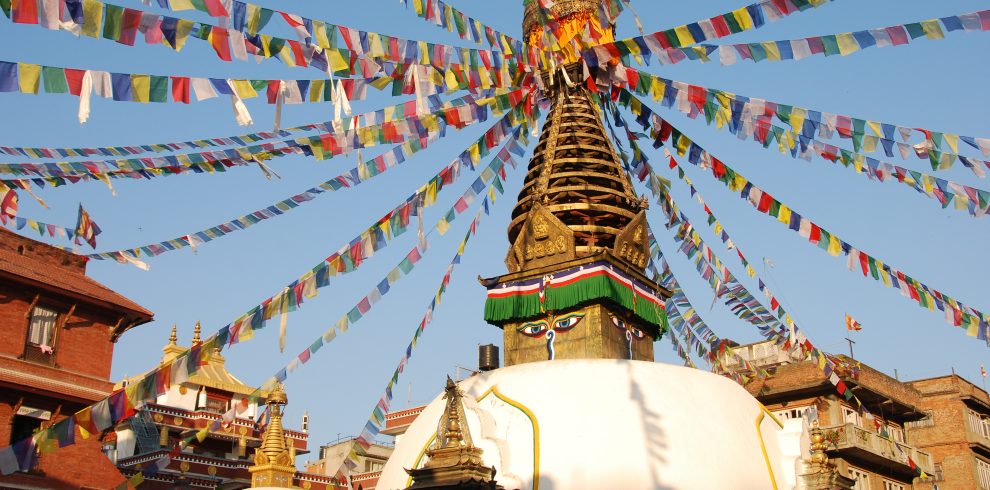
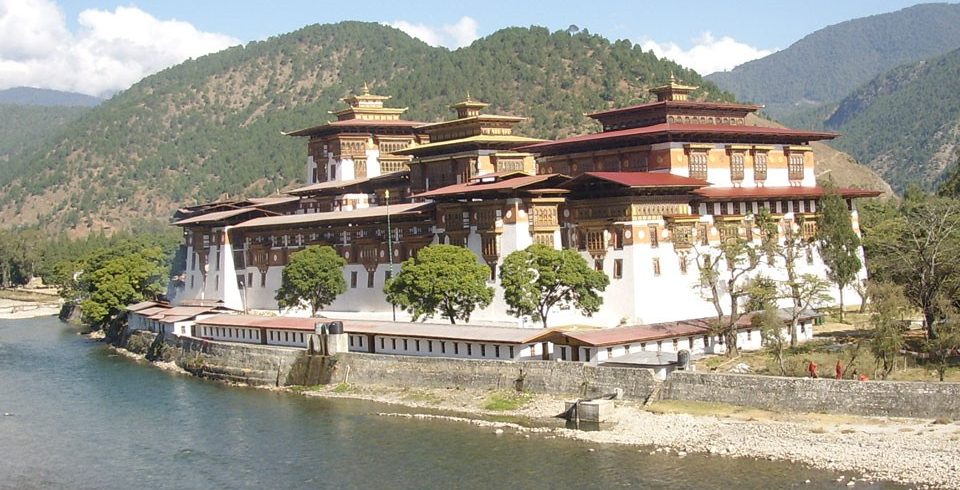
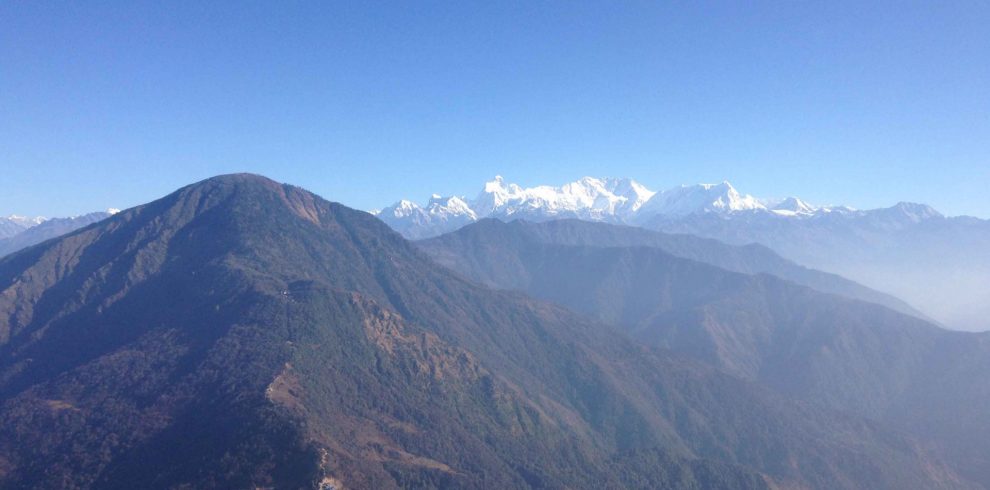
Write a Review
You must be logged in to post a comment.